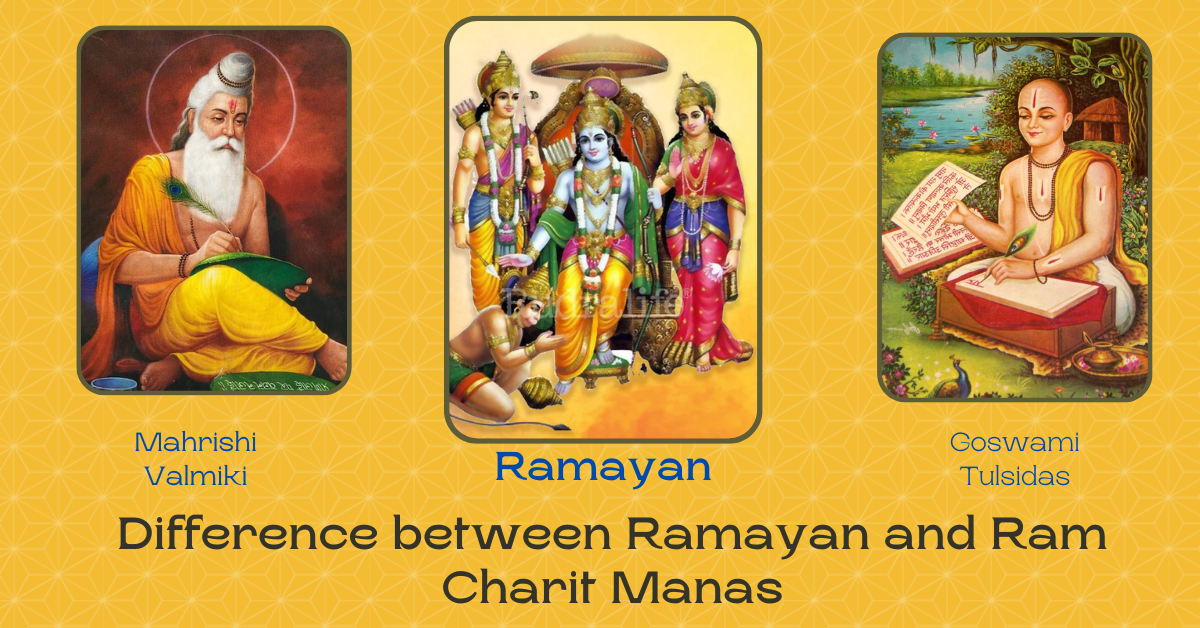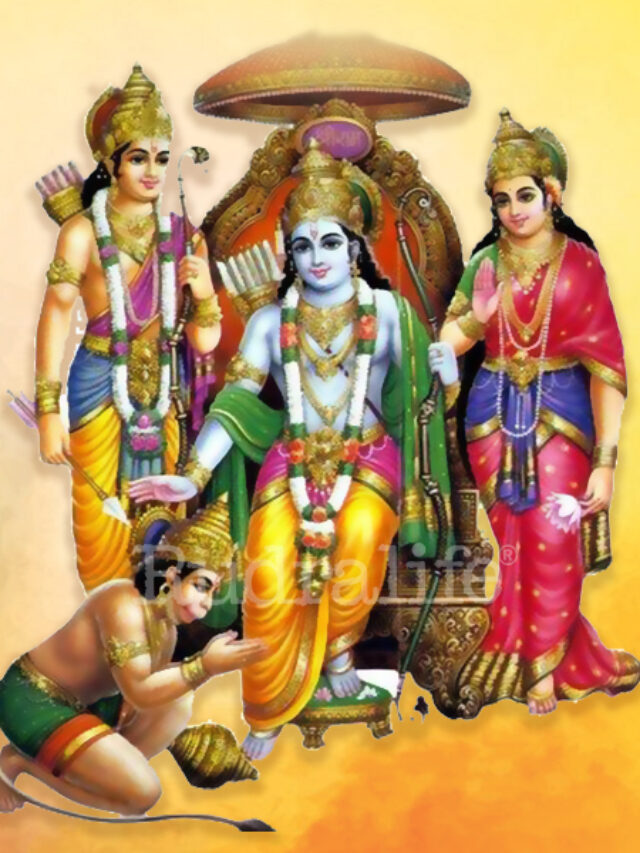A three-year botanical study affirms that the Ramayana is not a myth. However, for a bhakt or devotee, the importance of facts and historical accuracy is minimal. As the popularity of the original Ramayana soared, various versions of the story emerged in different languages. One such version, often termed the ‘Bible of Hindus‘ by Westerners, is the Ram Charit Manas written by Goswami Tulsidas. Valmiki authored the Ramayana in the Tretayug, the second Mahayug, and it was hailed as the Adi kavya, meaning the original or the first poem. Valmiki received high praise for his work, and the Ramayana gained widespread acceptance among scholars in society In this article we will unravel10 Surprising difference between Ramayan and Ram Charit Manas.
In contrast, when Tulsidas completed his version, the ‘Ram Charitra Manas,’ in the 15th century A.D., he faced ridicule from Sanskrit Brahmins. One reason for this criticism was that the original Ramayana was written in Sanskrit, considered the language of gods, while Tulsidas wrote ‘Ram Charit Manas’ in the local language called ‘Awadhi.’ Legend has it that one evening, a temple priest placed the Ram Charit Manas under a pile of the four Vedas and 18 Puranas before closing the temple for the day.
To the priest’s surprise the next morning, upon unlocking the temple, the book was found on top of all the Vedas and Puranas. This incident led to the widespread acceptance of Ram Charit Manas in Hindu society. Until then, the Ramayana was primarily found in temples and holy places, but with the introduction of Ram Charit Manas, it found a place in every Hindu household due to its familiarity with the language. Despite sharing the same core story, Ram Charitra Manas differs significantly from the original Ramayana in many instances.
This article delves into 10 surprising differences between these two literary masterpieces.
10 Surprising difference between Ramayan and Ram Charit Manas
1. Ram- An Incarnation Of Vishnu
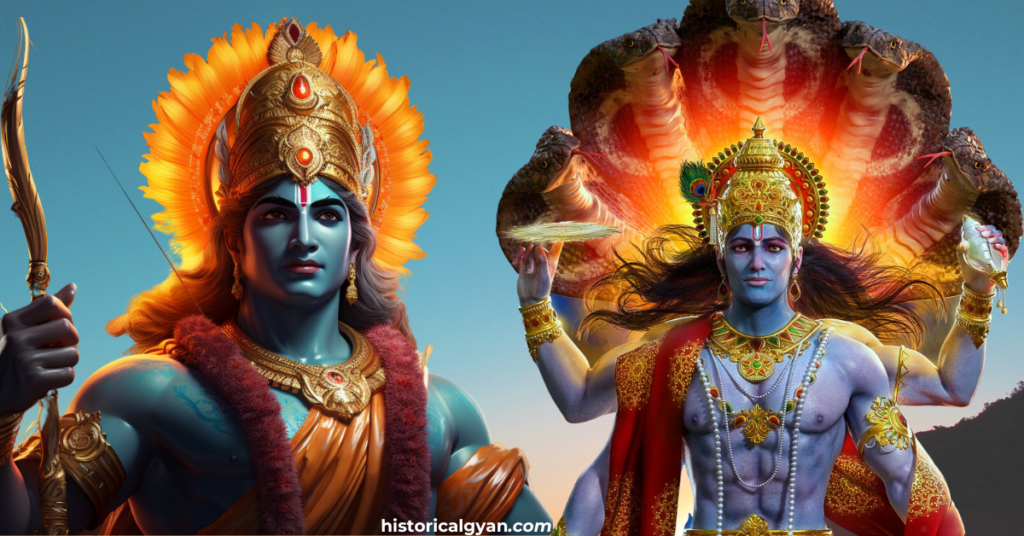
Ram is portrayed as a human initially by Valmiki, evolving into a king and later being venerated as a god by all, owing to his virtues. He is hailed as the Maryada Purushottam, signifying ‘The Man of Supreme Honor.’
On the contrary, Tulsidas’ Ram Charitra Manas narrates the tale of a god descending to earth. In this rendition, Ram and the sages are aware throughout the journey that he is an incarnation of Vishnu but purposefully choose to emphasize only his human aspects as part of his divine play (Leela).
Every action of Ram in Ram Charitra Manas carries profound significance, aiming to underscore his identity as an incarnation of Vishnu.
2. Wives of King Dashratha

A notable contrast lies in the depiction of King Dashratha’s marital affairs. While Ramayana attributes 353 wives to Dashratha, Ram Charit Manas trims the count to three – Kausalya, Sumitra, and Kaikeyi. This alteration nuances the familial dynamics, impacting the unfolding events in each narrative.
3. Swayamvar Of Sita
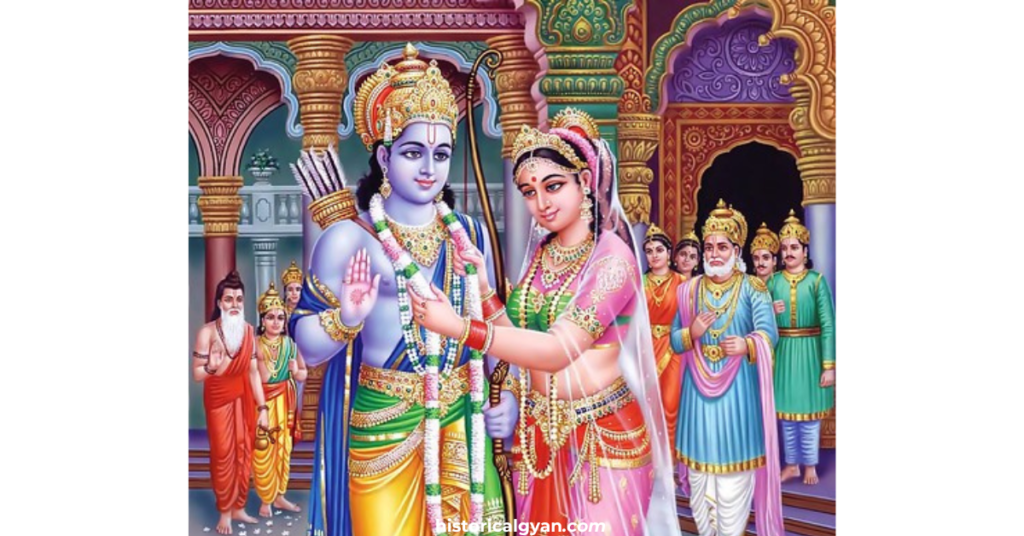
For those unfamiliar with the term, a Swayamvar is an ancient Indian practice where a girl of marriageable age selects her husband from a gathering of numerous suitors. In Ram Charit Manas, the epic recounts the grand event organized by King Janak for his daughter Sita’s Swayamvar. He proclaimed that whoever could lift the divine bow of Lord Shiva and string it would be granted the honor of marrying his beloved daughter, Sita.
Accoding to Ramayana despite many kings and royals failing to budge the bow even slightly, Prince Ram emerged as the sole individual able to lift the Shiv Dhanush. Not only did he successfully string the bow, but he also went on to break it. It’s important to note that the romantic narrative of Sita and Ram instantly falling in love at first sight is absent in this version.
4. Entry of Parashuram
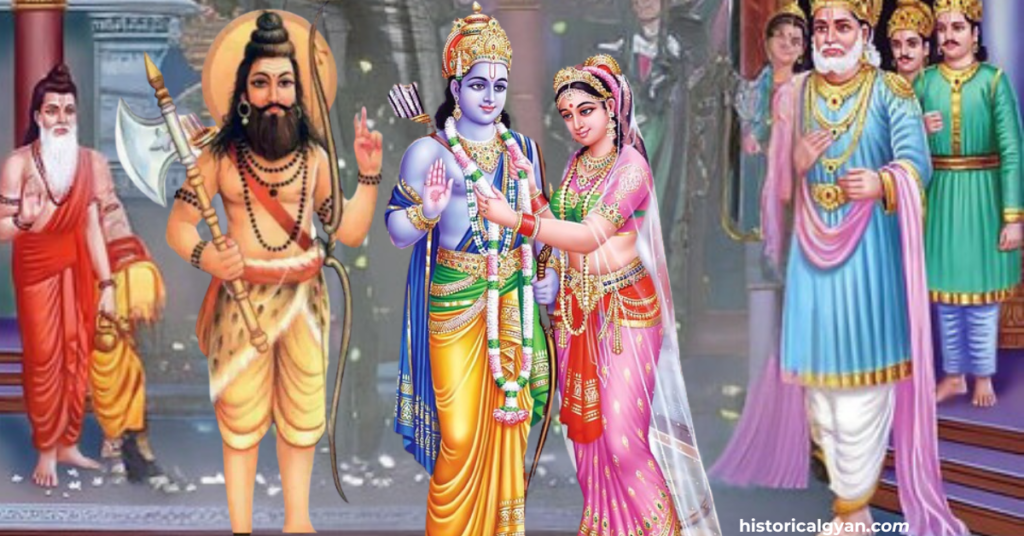
In Tulsidas’s Ram Charit Manas, when Ram shattered the Shiv Dhanush, a resounding thunder echoed, and Lord Parashuram instantly appeared at the Swayamvar, issuing a threat of death to the one who dared to break the bow. Janak endeavored to pacify Parashuram, urging him to pardon Ram.
However, in Valmiki Ramayana, Lord Parashuram did not make an appearance during the Swayamvar but rather at the wedding of Ram and Sita. There, he posed a threat to Ram’s life, prompting his father, King Dashrath, to implore for forgiveness and offer to sacrifice his own life in exchange.
5. Lakshman Rekha
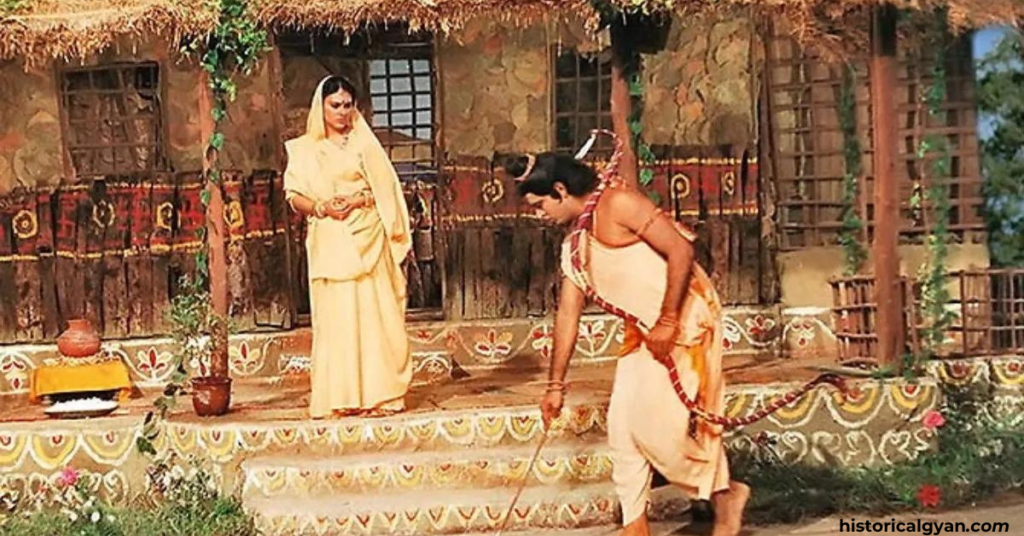
Anyone who has seen or heard the story of Rama is familiar with the famous episode of Lakshman Rekha, where Lakshman draws a boundary around the hut for the safety of Sita during his absence in search of Rama. This Lakshman Rekha is often seen as a symbolic boundary that a woman should never cross. Interestingly, the story related to Lakshman Rekha is absent in the original version of Ramayana but is quite detailed in Ram Charit Manas.
6. Abduction of Sita
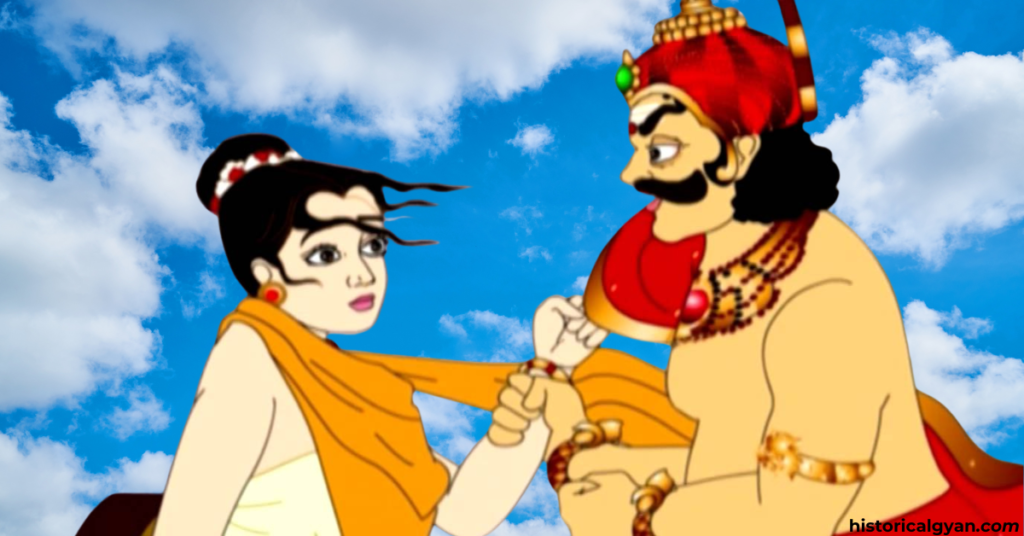
While the real Sita was kidnapped by Ravana in the Ramayana, Tulsidas’s Ram Charit Manas presents a slightly different view. In his presentation, Lakshmana becomes angry when the discussion about Sita’s ordeal comes up. Seeing his brother’s anger, Rama clarifies to Lakshmana that the real Sita was not there during the Agni Pariksha as she was never actually abducted. According to Ram Charit Manas, Sita was safe with Agnidev (god of fire), and the one who was abducted was merely a reflection of Sita.
7. Hanuman as Vanara (Monkey)

Hanuman, the ambassador and greatest devotee of Lord Rama, is undeniably one of the most captivating characters elegantly depicted by Valmiki in the Ramayana. However, in Valmiki’s version, Hanuman is portrayed as a human, specifically a man from the Vanar tribe. ‘Van’ translates to forest, and ‘Nar’ means man, collectively forming “Vanar” or forest men. A recent speculation even suggested that the Vanars might be representative of Neanderthal men.
On the contrary, Ram Charit Manas explicitly states that the Vanar Sena were the monkey men. The reason behind the representation of Vanars as monkeys remains unknown, but undoubtedly, the core of Hanuman’s character and his devotion took precedence over his physical form throughout Tulsidas’s Ram Charit Manas.
8. The Battle Between Ram and Ravan

In the Yudhakand, or the war chapter, Ram Charit Manas recounts the confrontation between Ram and Ravan on the very first day of the war. Ravan, facing defeat, was disarmed and sent back in disgrace. The text also delves into Ravan’s performance of rituals, seeking the blessings of Goddess Durga to secure victory in the war against Ram. This ritual was later disrupted by members of the Vanar Sena.
However, these specific incidents are not documented in Valmiki Ramayana.
9. Ravana’s destruction
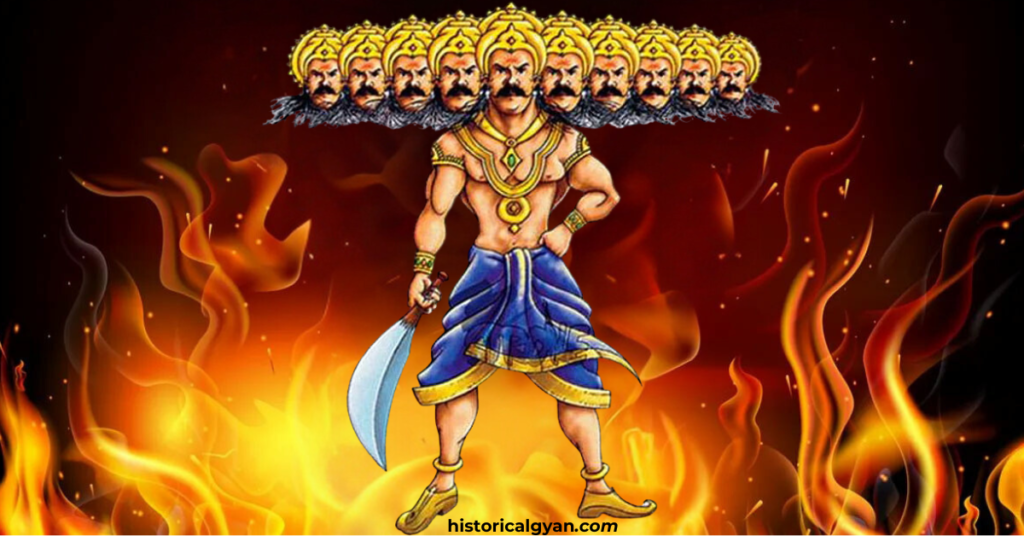
In Valmiki Ramayana, Ram defeated Ravan with a single arrow that pierced his chest, leading to Ravan’s demise.
In Ram Charit Manas, Tulsidas presents a more elaborate version of Ravan’s defeat. In this rendition, Ram shoots multiple arrows in an attempt to decapitate Ravan, but his efforts prove futile. Ravan had obtained a boon from the bhrmha, ensuring that each time his head was severed, a new one would sprout from his neck. Vibhishan comes to Ram’s aid, advising him to target Ravan’s navel, where he had stored the elixir of life. Finally, Ram succeeds in killing Ravan by piercing an arrow through his navel.
10. Uttar kand is a controversial topic
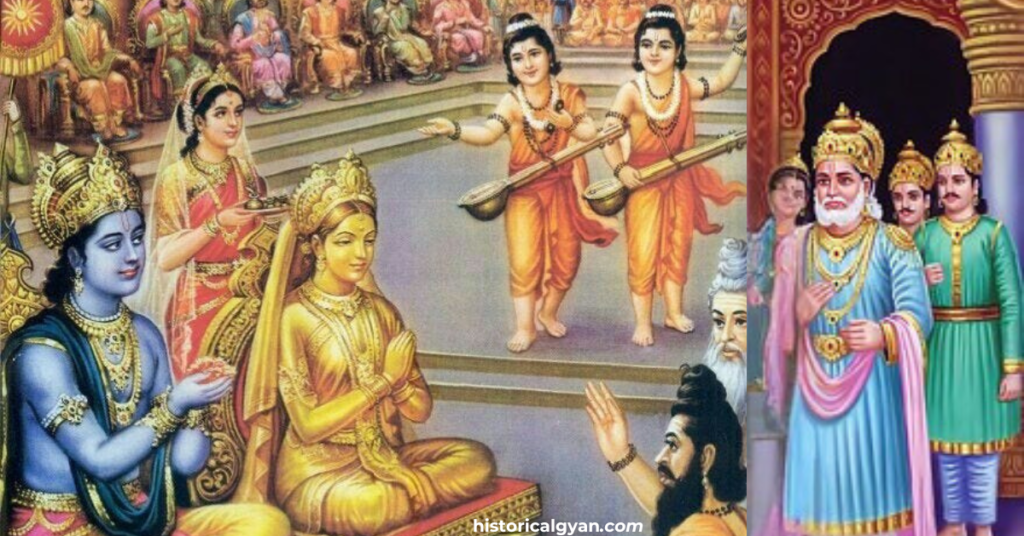
Ram Charit Manas extends the narrative with the Uttar Kand, which includes the exile of Sita, the birth of her twin sons Luv and Kush, and ultimately her return to Mother Earth. Many would concur that the Uttar Kand stands out as perhaps the most poignant and emotionally charged segment of the entire Ramayana. It delves into the profound struggles of Sita as a single parent and highlights the societal cruelty towards women, even when they hold the position of a Queen in a kingdom. But it is not a part of Valmiki Ramayana.
Conclusion
In the contemporary era, both the Ramayan and Ram Charit Manas continue to exert their influence. However, the accessibility and relatability of Ram Charit Manas contribute to its sustained relevance in today’s fast-paced world, where linguistic accessibility plays a crucial role in connecting with a wider audience.
In conclusion, while the Ramayana and Ram Charit Manas share a common narrative foundation, their differences in language, reception, and cultural impact make each a unique masterpiece. Understanding these distinctions enriches our appreciation of the diverse ways in which the timeless story of Lord Rama continues to captivate hearts and minds.
Jai Shri Ram
